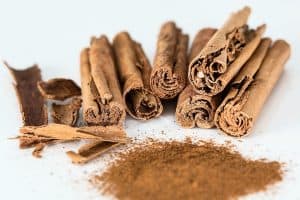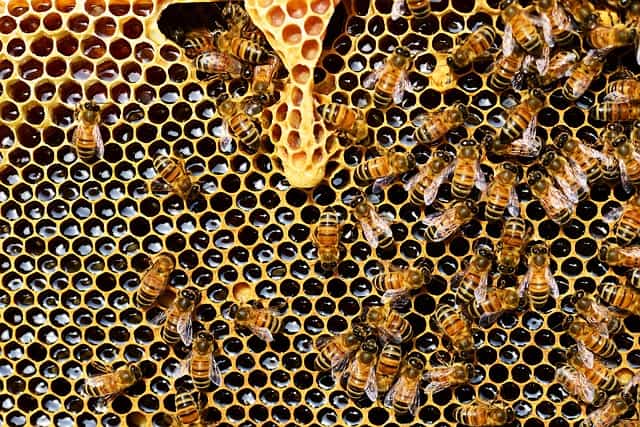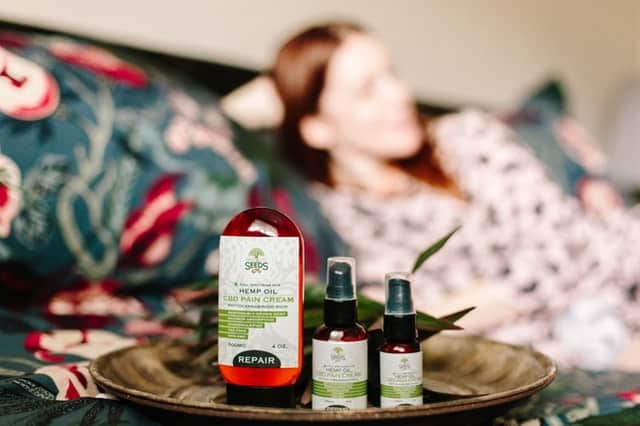
It’s happened more times than you can count – you’re gearing up to make a batch of chocolate chip cookies or a coffee cake for a weekend of sweet indulgence, and you realize you’re completely out of brown sugar. What to do? Finding a substitute for your baked goods or marinades for the same sweet and deeply flavorful results is simple, and if your pantry is stocked with the right stuff, you can have a brown sugar substitute in no time. So what is brown sugar, exactly? Brown sugar is a less-refined version of granulated white sugar, and as a result of the refining process you get molasses, which gives brown sugar its amber color and caramel-like flavor.
It only makes sense that the easiest way to replicate brown sugar at home if you’re out of the pre-packed stuff is to make it yourself by adding molasses back into your granulated white sugar, but you’ve got some other options too if you’re less interested in becoming a kitchen scientist. Before you go running to the grocery store to pick up another box, check out our guide for 7 cleverly sweet substitutes for brown sugar and see if you can reap the benefits that brown sugar brings to your favorite dishes without leaving home.
1. White Sugar

It seems impossible since brown sugar and white sugar look different and serve different purposes, but hear us out. If you don’t have any brown sugar at your disposal, you can use an equal amount of granulated white sugar to packed brown sugar a result that is just as sweet. However, because brown sugar is used in recipes for moisture, you may find that by using granulated white sugar instead, your final product may come out with a different texture, such as a more crisp cookie as opposed to a soft and chewy one.
Get this now: White Sugar.
2. DIY Brown Sugar

When you buy brown sugar at the grocery store, you probably never consider that you could make it at home instead. But believe it or not, brown sugar doesn’t include a whole lot of bells and whistles; in fact, in order to make your own brown sugar at home, all you need is granulated white sugar and molasses. For a light brown sugar, use one tablespoon of molasses for every cup of white sugar, and for dark brown sugar, use two tablespoons of molasses for every cup of white sugar. Mix both versions well until completely combined.
Get this now: DIY Brown Sugar.
3. Muscovado Sugar

Similar to brown sugar, muscovado sugar gets its dark brown color from the addition of molasses. However, muscovado has even more molasses than regular brown sugar, giving it a darker color and a rich, complex flavor. Feel free to use muscovado sugar in place of brown sugar in cakes, pies, fudge, or coffee, or even mixed into your morning oatmeal for a sweet addition to your breakfast. For a version that’s fairly equal, look for a light muscovado which that will give the same moisture and flavor as brown sugar would.
Get this now: Muscovado Sugar.
4. Maple Syrup, Honey, or Agave

While you may only consider a few uses for these liquid sweeteners, they’re more versatile than you think. Using a liquid sweetener like maple syrup, honey, or agave in place of brown sugar is a great alternative for sauces or marinades, but if you are hoping to use it in a baked good instead, you’ll need to adjust your amounts accordingly. For every one cup of brown sugar your recipe asks for, use about ¾ cup of the liquid sweetener and reduce the amount of other liquids in your recipe by a few tablespoons to even everything out.
Get this now: Maple Syrup, Honey, or Agave.
5. Date Sugar

If you’re looking to cut back on refined sugar, consider the date. Typically you see these sweet dried fruits wrapped up with bacon and blue cheese and served on an appetizer tray, but they’re good for more than just a passed snack at a holiday party. When dehydrated and ground into powder, dates also make for a great alternative to brown sugar or even white sugar in baked goods, or even sprinkled on cereals or yogurt.
Get this now: Date Sugar.
6. Coconut Sugar

Coconuts are responsible for some of the best liquid alternatives, from coconut milk and coconut cream to hydrating coconut water, but coconuts are also responsible for a great brown sugar alternative too. Made from the sap of the coconut palm, this natural sugar is low on the glycemic index, has a similar caramel-like sweetness to brown sugar, and can be used one-to-one in any baked good where light brown sugar is needed. However, take note: coconut sugar doesn’t hold as much moisture as brown sugar, which can affect the texture of your baked goods, so try adding in some added fat like butter or oil to improve the moisture content.
Get this now: Coconut Sugar.
7. Raw Sugar

You’ve probably seen raw sugar hundreds of times in your daily life and never even noticed. Ever used the brown sugar packet in your coffee instead of the white one? That’s raw turbinado sugar, which makes for a great brown sugar substitute because of its light amber color and mild caramel flavor. Demerara sugar is another raw sugar that can be used in place of brown sugar in baking or cooking without much notable difference, but be warned: because raw sugars are dry and more coarse, the texture of your final product may come out slightly grainier than normal. To avoid this issue, try grinding the sugar in a spice grinder or with a mortar and pestle for a finer texture, or you can melt it in warm butter, oil, or water before adding to your batter.
Get this now: Raw Sugar.





